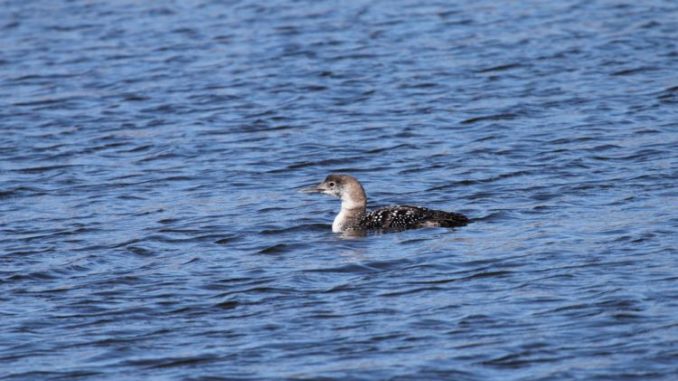
So, you pull into a pocket and you want to see it empty, right? Well, if we’re talking other boats, then yes; solitude is golden. However, the right kind of company can be just what you want — and that means birds.
Indeed, our feathered pals are more than company; they offer clues that can greatly impact our bass-hunting efforts. Now, if you’re envisioning a duck flying circles over bass and pointing downward with its beak, you’re going to be disappointed. But if you learn to interpret legitimate bird signs, this knowledge can minimize your search and maximize your output.
Coots: These grass eaters won’t stray far from their food source, so spotting a bunch of these pudgy, short-billed birds clustered at the surface should tell you you’re around top-notch bass habitat. Not only will coots identify the grass, their positioning will provide advance recon about the layout — where the grass starts, where it drops, etc.
Loons: These large diving birds have short, stout necks and relatively small beaks, but they’re good at catching shad, so take their presence as a clear sign of bait schools. Bigger loons can catch hefty baitfish, so finding a pocket with full-grown ones may lead you to your day’s biggest catch.
Sea gulls: Simple as it gets; gulls — and terns — hovering at the surface indicates a bait school pushing close to the surface. The baitfish only do this when they’re under attack, so white birds near the water usually mean bass below.


